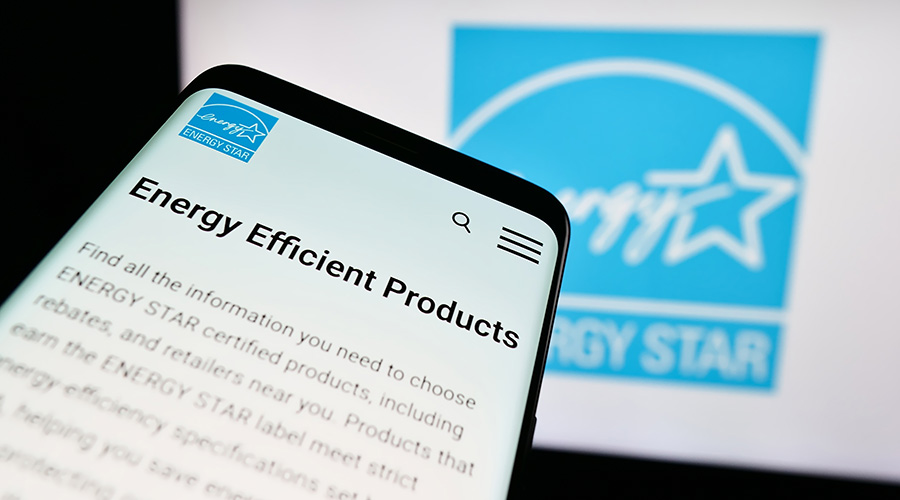Managers Can Use LCA Data to Vet Product Manufacturers
Including language regarding the carbon footprint of a product or that a product not include bioaccumulative toxins in the product standard may actually help facility managers vet manufacturers. Facility managers could simply include a requirement in a standard that they'll only buy products from manufacturers that have available the specific LCA data they're interested in.
"The availability of data may be a criteria in narrowing a vendor list," says Webster. "If you're an FM, you may say you'll only purchase carpet from a vendor that has the capability of easily providing data that meets your standard."
One thing that may speed the availability of LCA data for products is a credit in the LEED rating system. That's because as LEED has grown in popularity, it has been instrumental in shifting the thinking and practice of designers, facility managers and manufacturers. Currently, LEED includes a pilot credit — essentially an addendum that users can achieve as "extra credit" above and beyond the credits in the rating system itself — that gives one point for conducting an LCA on structural and envelope assemblies.
Baer says that the reason the credit only deals with structural assemblies is simply that the LCA data for interior products isn't available as widely as it needs to be. He says he estimates it'll be another couple of years before LCA for interior products is a part of LEED.
Getting Ahead of the Curve
The new ASHRAE Standard 189.1, Standard for the Design of High-Performance Green Buildings Except Low-Rise Residential Buildings, also includes language that would require LCAs for products according to ISO standard 14044 for a minimum of two building products. ISO 14044 provides specific requirements for an LCA, including a precise definition of the term and clear guidance on how to conduct an LCA. If facility managers are ahead of the curve in adopting LCA criteria in their interior standards, they'll be well positioned for compliance if they're working on building projects in jurisdictions that adopt ASHRAE 189.1.
There are many free resources facility managers can use to conduct LCAs. For the pilot credit, LEED steers users towards the Athena Institute's EcoCalculator tool (www.athenasmi.org/tools/ecoCalculator). Another well-known LCA tool is the National Institute of Standards and Technology's BEES (Building for Environmental and Economic Stability) tool (www.bfrl.nist.gov/oae/software/bees).
However facility managers go about developing their standards, the level of accountability required these days is making it increasingly critical that the standards are robust and meaningful. Being able to justify why they're selecting products and showing a standard procedure for how they do so can be an important step to raising the image and credibility of the facility department.
For guidance and a variety of life cycle assessment resources, please visit the Environmental Protection Agency's LCA Resource site: www.epa.gov/nrmrl/lcaccess/resources.html

Related Topics:















